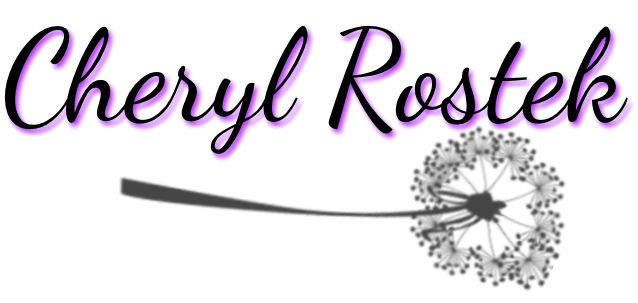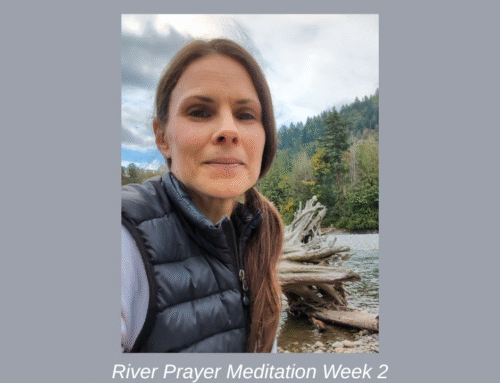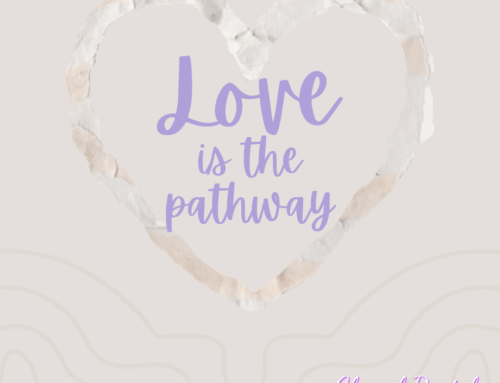Everyone should read classics was the thought running amuck in my mind as Charlotte Brontë captivated me with Jane Eyre’s simple, yet substantial character. Admittedly, I was never much of a classics reader. Their slow pace and old-fashioned language seemed simultaneously boring and too much. So for two years, Jane Eyre sat untouched on my bookshelf, a relic from my attempts to broaden my literary horizons.
Then, as I was decluttering my office I picked it up. This came after indulging in Ali Hazelwood’s contemporary romance, Not in Love—a delightfully saucy escape featuring a scientist heroine. So, what inspired me to actually open the pages of Jane Eyre?
Perhaps it was fate.
Whatever the reason, I’ve fallen in love with spritely Jane, deeply moved by her resilience. Orphaned and betrayed by her only living relative, Jane’s journey is one of remarkable perseverance. By chapter ten she’s grown to a young adult working at Lowood School, where her aunt dumped her years ago for being too “irksome”. Now a young adult she longs for freedom and new opportunities. Despite feeling unworthy of more and having no clear path beyond the confines of Lowood, Jane devises a plan and applies for a governess position—one she ultimately secures.
How does she manage this?
Rising Strong Wisdom
In Rising Strong Brene Brown coaches readers to “Turn ‘it’s not fair’ into personal responsibility – responsibility for [your] own wellbeing.” Jane’s story resonates with this philosophy. To transcend her “exile limits” Jane “remembered that the real world was wide, and that a varied field of hopes and fears, sensations and excitements awaited those who had courage to go forth into its expanse, to seek real knowledge of life amidst its peril.”Currently, I’m working on outlining a book about fear, anxiety, and terror (1)—drawing from my experiences living with glioblastoma. When I read the above quote I thought, Jane understands fear: she acknowledges it but doesn’t let it stop her.
Besides outlining a book about fear my primary goal remains unchanged: finish my freaking memoir! Yet I’ve been reticent to plunge back into it after my summer-long break. I attributed my reluctance to return to writing my memoir to various external factors—warm weather (hello lake calling me for a swim!), overdue yard work (ugh), and adjusting to fall routines. But a few days ago, while reflecting on Jane Eyre, I sat with my journal and the truth emerged: I don’t wanna get back into writing my memoir … because I’m at the height of Act 2.
According to Brené Brown in Rising Strong, stories unfold in three acts. Act One introduces the inciting incident. Act Two is a period of struggle and self-discovery, where the protagonist learns what it truly takes to overcome their challenges. Fear is thick in act two. Act Three represents redemption and the realization of lessons learned.
I read Rising Strong when I was already well into writing the second draft of my memoir. I saw the three acts of my personal story clearly starting with Act One when I was diagnosed with incurable glioblastoma brain cancer and was told the average prognosis of glioblastoma (2). Recently, my friend taught me the term “not-courage”. Act One is about “not-courage” where you don’t have time to think, where you’re reacting in real time not really feeling like you have a choice.
Act Two of my cancer story was the slog of what I call “The Wilderness”. This stage is the ongoing struggle where I was no longer acutely ill and doted over with meals and urgent final visits, but very much grappling with the reality of my condition: constantly terrified that my little kids would not remember me when I died. During Act Two the lemonade I proclaimed I’d make out of my life’s lemons had soured beyond consumption. Act Two of my “cancer story” is what I dub KM 21.
KM 21
When I was 30 years old, I completed a half-marathon: a glorious accomplishment where endorphins kicked in the last couple of kilometers and I sailed across the finish line with gusto. Two years and a pregnancy later, I ran a thirty kilometer trail race. Let me tell you I did NOT sail across the thirty kilometer finish line. It was a physical and mental slog. When I reached KM 21, I’d already run a half-marathon. That was great, except my aching limbs had 10K yet to go. Running through and beyond KM 21 required next level grit and determination.
In my cancer journey, Act Two’s test of endurance and mental fortitude felt like the slog of running KM 21 over and over; the finish line was both daunting and distant. I was terrified of reaching brain cancer’s finish line. To finish was to die. But to live was to run KM 21 over and over and over.
Moving beyond KM 21 into Act 3
In When Things Fall Apart, Pema Chödrön teaches us to confront our fears rather than avoid them. Facing fear directly transforms its arrows into valuable lessons. This approach helped me move beyond the despair of Act Two and toward the emergence of Act Three.
Act Three is about moving beyond the fear that once paralyzed me. Act three is where I realized that the finish line is not actually death. Insert drumroll… It’s rebirth. (You’ll have to read my memoir to get the details, so I guess I better get finishing it…)
Life is a beautiful ride
Whew! Life’s a doozie isn’t it? But it’s also a beautiful ride. My kids recently reminded me of this with a canvas they found crammed in our bushes, featuring a bicycle and the caption, “Life’s a beautiful ride”. (Random I know, I’ll chalk it up to the Universe talking to me). Life is still a doozie. But it’s also a beautiful ride.
So, as I press on reading Jane Eyre and returning to work on my memoir, I’m reminded of the profound lesson I’ve learned over past years. Embrace the challenges, face your fears, reading classics isn’t so bad and remember that life’s journey is as beautiful as it is transformative.
Now if you’ll excuse me, I have a book to finish reading. And a memoir to finish writing!
xo
Cheryl
PS. For those wondering, since I’ve been quiet on here and my social media lately (too busy enjoying a lovely summer and working on my memoir) my last scan was in June and results were all clear. Once again I’m grateful for good news 🙂
Notes:
1. I’ve decided to write about a book about fear because, as one of the children’s meditations I listen to with says, “Fear is the robber of joy”. And because when I tried to develop more expansive language for fear in my memoir I turned to Brene Brown’s Atlas of the Heart whose whole goal with this book was to give readers language for their feelings. Unfortunately, Atlas bombed in the fear department (Though Brene is still absolutely the bomb). And finally I want to write about fear, because fear can derail living (I know all about this!) and those who acutely know that their days are limited are keen subscribers to life. Unfortunately fear so often undermines rationality and calm preventing individuals from being able to make the most of their days.
2.I will not explicitly cite the average prognosis of a glioblastoma survivor because anyone in the GBM community is already well aware. Also because I got so frustrated when I was first diagnosed and trying to mine the scientific literature for some hail mary, snake oil that perhaps had been overlooked by the medical community. This expedition came to an early close when my fear heightened after reading the (dismal) stats in each paper’s introduction over and over.








Lovely commentary as usual, Cheryl. Your writing is thought-provoking, thoughtful, and vulnerable. Keep on going with that memoir of yours. I look forward to reading about your journey. Much love.
Caryn